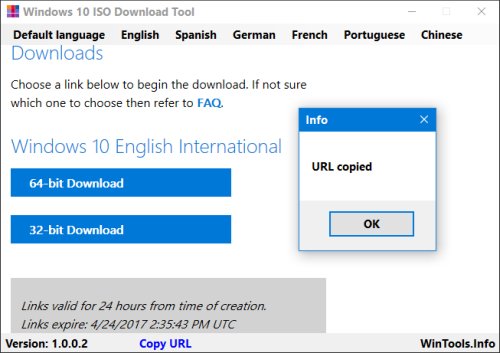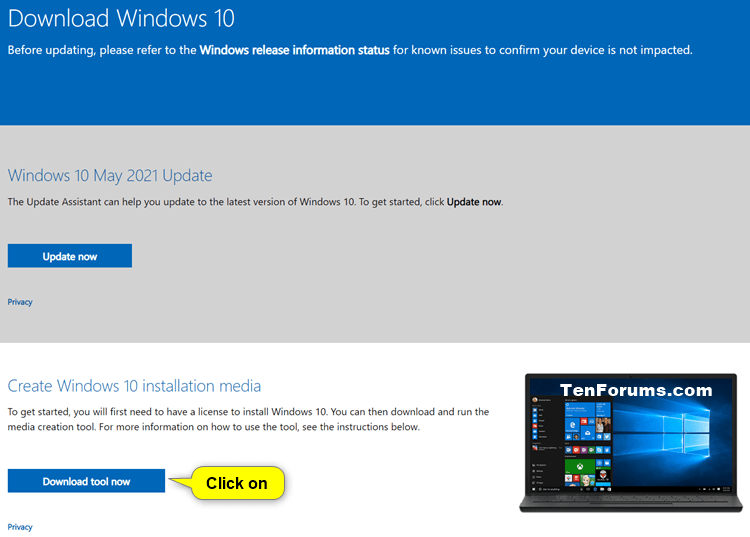


And Rufus just had some pretty good updates on the newest version which allows you to download the Windows ISO image directly from the software that makes it very convenient for everyone to DIY (Do-It-Yourself). Rufus is a software that helps us “create bootable USB drives the easy way” as they have claimed, and they are committed to deliver that promise! So basically, what Rufus does is it does the formatting to create bootable USB flash drives so we can use it to install the Windows 10 ISO instead of using the traditional CD-ROM or floppy disk drives.įear not, because this software is very simple and easy to use. Accept the defaults, or if you only need OSCDIMG.I am betting that most of you would agree with me when I say that “Windows is one of the best Operating System right now.” and thanks to Rufus for providing a very easy and straightforward way to help us install the newest version available on our computers and laptops with the use of a USB flash drive. Luckily, Microsoft offers a free tool called OSCDIMG.EXE as optional download, as part of the Deployment Tools in the Windows 10 Assessment and Deployment Kit (WADK).ĭownload WADK. Only when these two options fail, I will try to find the simplest possible third party tool.Īs mentioned, writing an ISO file is not possible using native Windows tools and commands.

When no native Windows command or tool is available, I’ll check if Microsoft has a tool available for free download. There are a lot of third party options available to do the job, but for a Windows purist like me who tries to avoid third party tools as much as possible, that’s not an option.Īs per my strict principles, I only use third party tools when there is no Windows native command to do something. The problem is, Windows does not have a native tool to write / create ISO files. But, what to do when you wish to do the same using an ISO image? No problem: simply mount a Windows ISO image as a virtual DVD drive (right click, select Mount), copy its contents, all files and folders, to a folder on an HDD or SSD, mount its WIM image for offline servicing, enable or disable features, save those changes and create a new ISO image.


 0 kommentar(er)
0 kommentar(er)
